
Article: Practical Advice from the Trenches (Wilson & Hutchins 2015)
This article, by Judge Wilson and Judge Hitchins of Baltimore, discusses the value of neutral engagement in easy the tensions for the judge in the SRL courtroom.
Article: Some First Thoughts On Court Simplification: The Key To Civil Access And Justice Transformation (Zorza 2013)
From the Abstract:
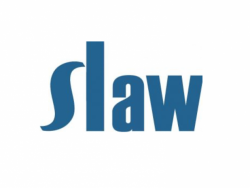
Article: Triage - A Vital Tool to Increase Access to Justice (Boyle 2013)
In this article in Slaw, Canada's on-line legal magazine, Kari Boyle reviews some of the triage activity in Canadian Civil Justice Reform.
About the author:

Article: It’s Not Triage if the Patient Bleeds Out (Pollock & Greco 2012)
Recommended citation: John Pollock & Michael S. Greco, Response, It’s Not Triage if the Patient Bleeds Out, 161 U. PA. L. REV.
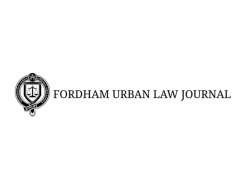
Article: New Roles for Non-Lawyers to Increase Access to Justice (Zorza & Udell 2014)
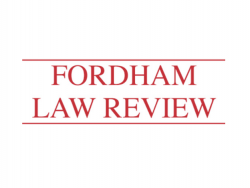
Article: Protecting the Profession or the Public? Rethinking Unauthorized-Practice Enforcement (Rhode & Ricca 2014)
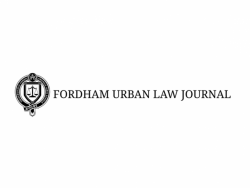
Article: Connecting Self-Representation to Civil Gideon: What Existing Data Reveal About When Counsel is Most Needed (Engler 2009)
Abstract

Article: Celebrating the “Null” Finding: Evidence-Based Strategies for Improving Access to Legal Services (Charn 2013)
In this artilcle, Jeanne Charn discusses empirical studies that tested whether litigants with access to lawyers fared better than litigants with access only to advice or limited assistance.
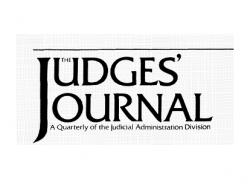
Article: Judicial Techniques for Cases Involving Self-Represented Litigants (Albrecht, Greacen, Hough and Zorza 2003)
This is one of the first article published to stimulate a national dialogue about how judges can best structure and manage their courtrooms to accommodate the needs of self-represented litigants.
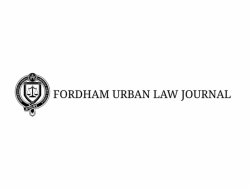
Article: The Case for Court-Based Document Assembly Programs: A review of the New York State Court System’s "DIY" Forms (Klempner 2014)
In this article, Rochelle Klempner, Chief Counsel, New York State Courts Access to Justice Program, explores how document assembly systems can serve as a critical tool for access to justic